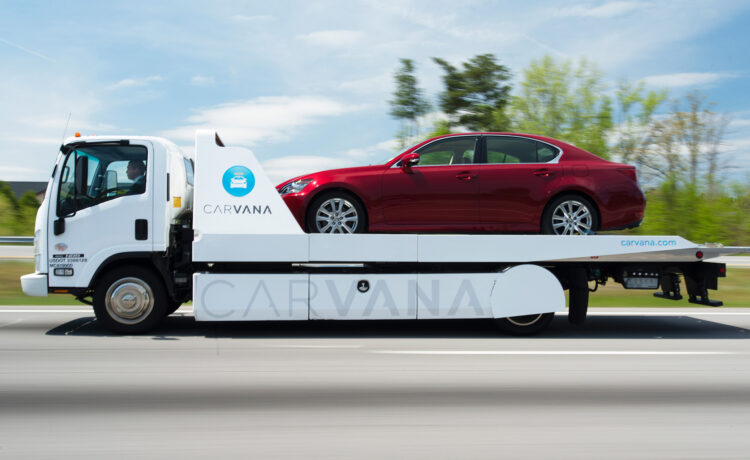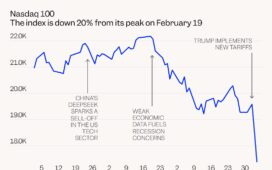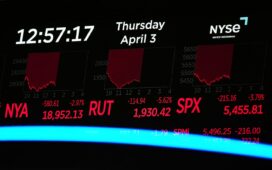Carvana‘s (CVNA 1.42%) stock chart resembles a roller coaster. But despite the ridiculous amounts of volatility, the shares have been a huge winner, soaring 187% in the past five years.
The business has been getting on better financial footing in recent times, gaining investors’ confidence once again. If you missed the ride, you’re probably wondering what type of returns are possible.
With that being said, where will Carvana stock be in five years?
Higher volume
Carvana made a name for itself by completely redefining how consumers buy used cars. By operating a fully online format with a nationwide pool of inventory and a broad distribution and reconditioning network, the business made the process seamless. No more spending hours haggling with a salesperson.
The company found tremendous success. Unit volume soared 134% in the past five years, between the third quarters of 2019 and 2024. Volume is trending in the right direction once again, with Carvana selling 28% more vehicles through the first nine months of 2024 than in the same period in 2023.
Five years from now, I’m confident Carvana will be selling more cars than it does today. It certainly has the ability to do so.
Its third-quarter 2024 shareholder letter says, “Our existing reconditioning infrastructure can support annual production capacity of over 1 million retail units, and our real estate footprint can support annual production capacity of over 3 million retail units.”
Consider that in 2023, 36 million used-car transactions happened in the U.S. Based on Carvana’s trailing-12-month figures, it has just 1% market share. There is undoubtedly massive potential to further increase that. But to be clear, investors shouldn’t expect the monster growth in previous years to repeat, especially since there is competition.
Better profitability
Throughout its history, Carvana has struggled to become financially sustainable. Building out the infrastructure needed to sell and deliver cars across the country requires huge amounts of capital. Investors were fine with this reality, given that the business was scaling up so rapidly.
To its credit, the company has generated positive net income in each of the last three quarters, thanks to cost discipline. But it’s barely in the black. In the third quarter of 2024, its net profit margin was just 4%.
If the business can continue growing unit sales and revenue at a robust clip, there’s a greater likelihood that it becomes much more profitable on a consistent basis. Management has a long-term target in place to one day achieve a sustainable margin of 8% to 13.5% on the basis of earnings before interest, taxes, depreciation, and amortization (EBITDA).
According to Wall Street analyst estimates, Carvana’s earnings per share are projected to improve dramatically from a loss of $2.97 in 2023 to a positive $4.72 in 2026. Take that with a grain of salt, but it’s an encouraging outlook.
Of course, investors must also keep in mind the company’s balance sheet, which has $5.6 billion of debt. It’s paramount that the business starts to produce sizable profits in order to continue paying its high interest expenses.
Concerns about valuation
Carvana shares have crushed the S&P 500 in the past five years, and they have absolutely skyrocketed in the last 24 months, surging 1,840%.
In 2022 and 2023, the market had become extremely pessimistic about the company. In fact, I’m sure many investors thought it was a foregone conclusion that it was going to enter bankruptcy. The valuation was dirt cheap.
The situation is totally different today. As of this writing, the stock trades at a price-to-sales ratio (P/S) of 3.6. That’s just 13% below its most expensive valuation, which was achieved during the 2021 bull market. Rarely has the stock been more expensive in its history.
Today, market sentiment has become overly optimistic, in my opinion. Assuming its P/S multiple contracts 50% between now and 2030, a level still above its historical average, it creates a major headwind to achieving strong returns.
After such a monumental run, I don’t believe Carvana shares can outperform the S&P 500 in the next five years.





